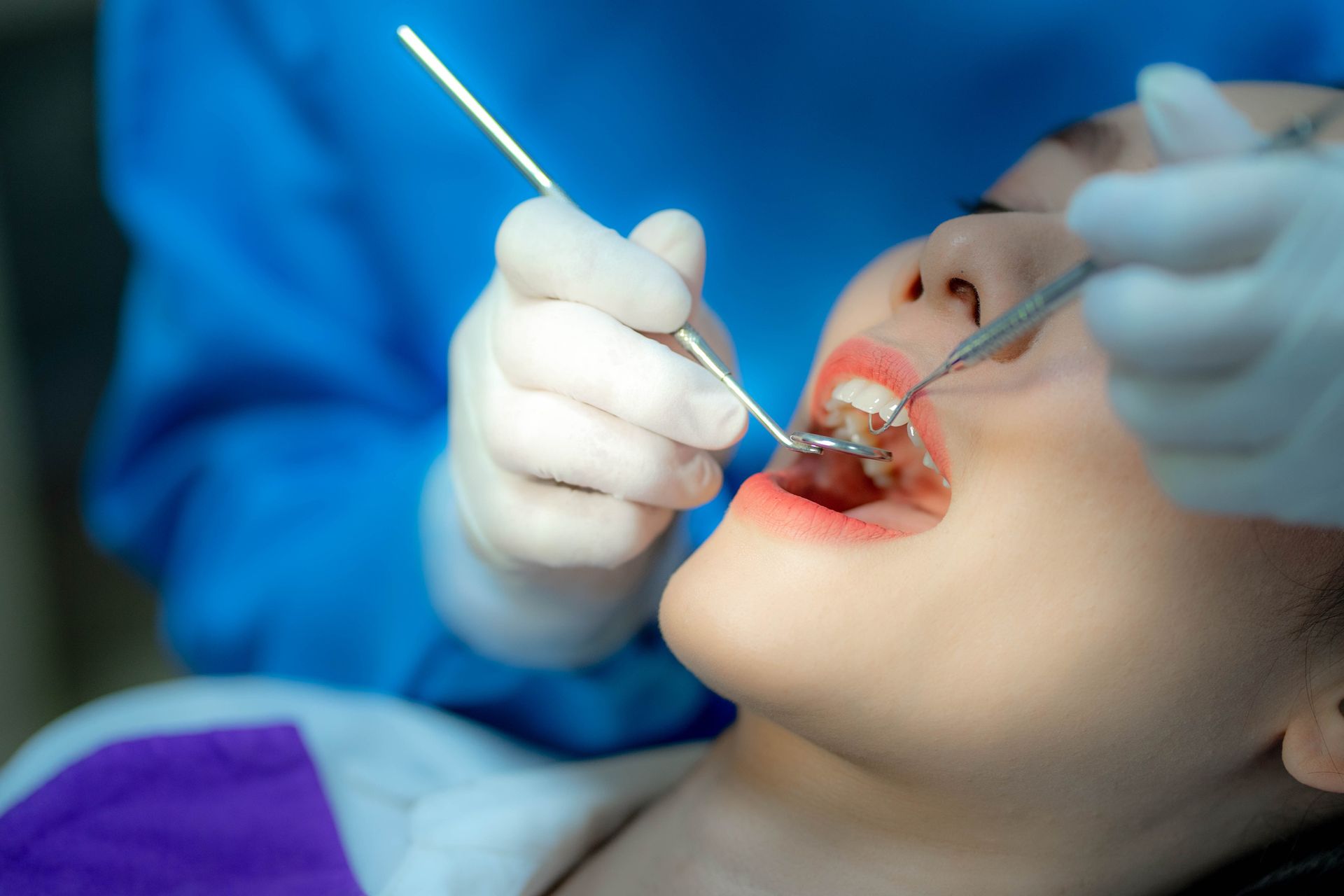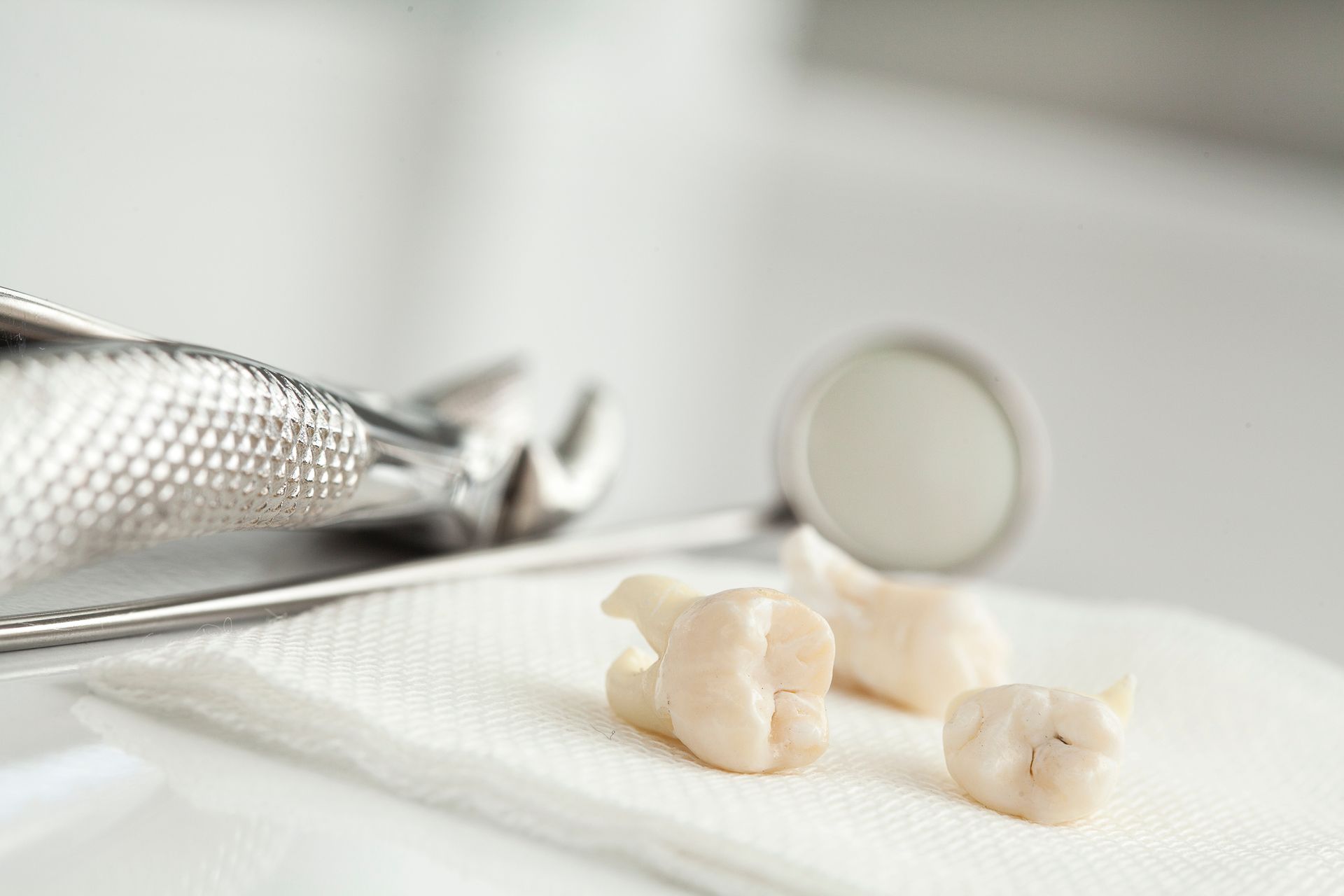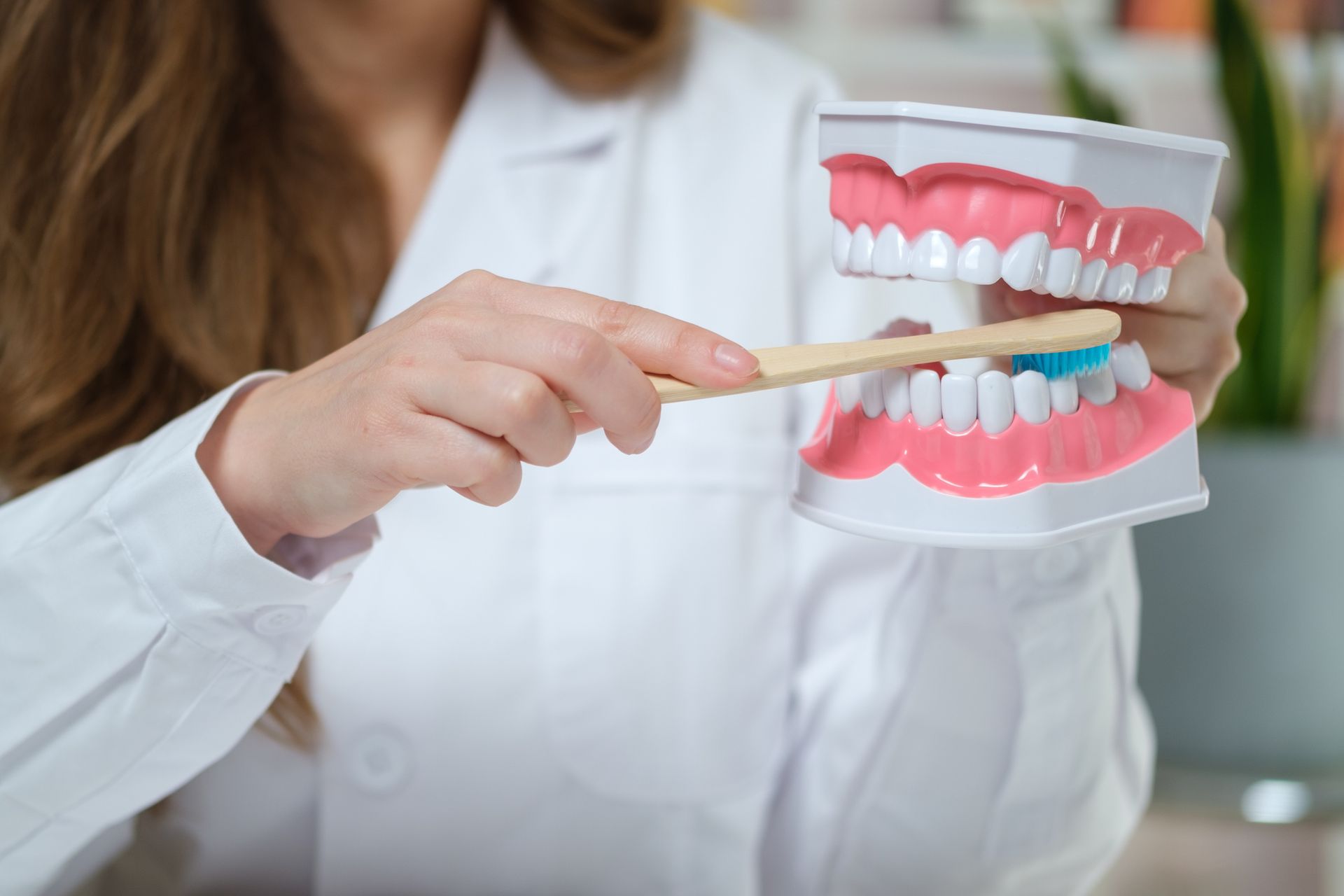Frequently Asked Questions About Distraction Osteogenesis
Frequently Asked Questions About Distraction Osteogenesis

The shape and structure of your jaws and facial bones play a major role, not only in how you look, but also in how well you can speak, eat, and breathe. When something goes wrong with the size or symmetry of these bones, oral surgeons may recommend and administer a form of corrective surgery called distraction osteogenesis.
Although this is a relatively new oral surgery option, distraction osteogenesis has grown in popularity as an alternative to traditional facial bone procedures that call for grafts and require lengthy healing times. If you need to consider such surgery for yourself or a member of your family, check out these frequently asked questions.
How Does Distraction Osteogenesis Alter Bone Structure?
Distraction involves pulling two structures away from each other, while osteogenesis refers to bone growth. Oral and maxillofacial surgeons use distraction osteogenesis to lengthen unnaturally short or insufficient bones in the face and upper or lower jaw, with the body itself providing the necessary supplemental bone.
In a typical distraction osteogenesis procedure, the surgeon makes a cut in the bone that needs lengthening and then installs metal hardware at the edges of the cut. Over a period of weeks, gradual adjustments to the hardware separate the bones to the desired final shape as new bone grows to fill in the gap between the edges.
Who Makes a Good Candidate for Distraction Osteogenesis?
Distraction osteogenesis can correct congenital deformities and abnormalities such as a cleft palate, cleft of the facial bones, and facial asymmetry. It can also enlarge an unnaturally small lower jaw. This last problem may require correction to help an infant feed and breathe normally.
Jaw or facial deformities commonly occur as part of a larger congenital health issue, such as Treacher-Collins syndrome, Pierre-Robbins sequence, or hemifacial microsomia. A child born with these issues may require distraction osteogenesis at some point. Surgeons also use the technique to repair jaw and facial injury damage.
Individuals of all ages can enjoy successful results from distraction osteogenesis to repair a facial bone injury or longstanding abnormality. However, babies, young children, and teens often make the ideal candidates because their bones grow more readily and quickly than the bones of older adults.
What Advantages Can Distraction Osteogenesis Offer Over Traditional Procedures?
Older surgical procedures that lengthen jaw or facial bones revolved around the insertion of grafted bone into the gap between bone edges. Although this strategy works well enough, distraction osteogenesis can provide you with an easier experience for many reasons.
To minimize the potential for tissue rejection, you'd need to have donor bone taken from another part of your body, which is a separate and invasive procedure that requires a healing period. Distraction osteogenesis eliminates this issue. The growth of new bone also produces results much more quickly than a traditional graft.
Traditional maxillofacial surgery to correct bone abnormalities can sometimes leave visible scars if the surgeon must make external incisions. In distraction osteogenesis, all the incisions occur inside the mouth, removing this potential cosmetic worry. This minimally invasive approach results in less postoperative swelling and pain.
What Can You Expect From the Distraction Osteogenesis Procedure?
Before you undergo distraction osteogenesis, your surgical team will give you general anesthesia. However, the surgery itself counts as an outpatient procedure, meaning that you can most likely go home the same day. Your surgeon will prescribe postoperative pain relievers and antibiotics to ease your recuperation.
Over the next couple of weeks, you'll need to return to the surgeon's office several times so that the surgeon can adjust the installed corrective device. The surgeon will turn small screws in tiny increments to move the bones outward slowly. These adjustments shouldn't cause any more discomfort than the tightening of orthodontic braces.
If you or someone you love might benefit from distraction osteogenesis to correct facial bone abnormalities, contact the San Diego Center for Oral & Maxillofacial Surgery. Our skilled specialists can evaluate the abnormality and discuss the procedure with you in detail.










